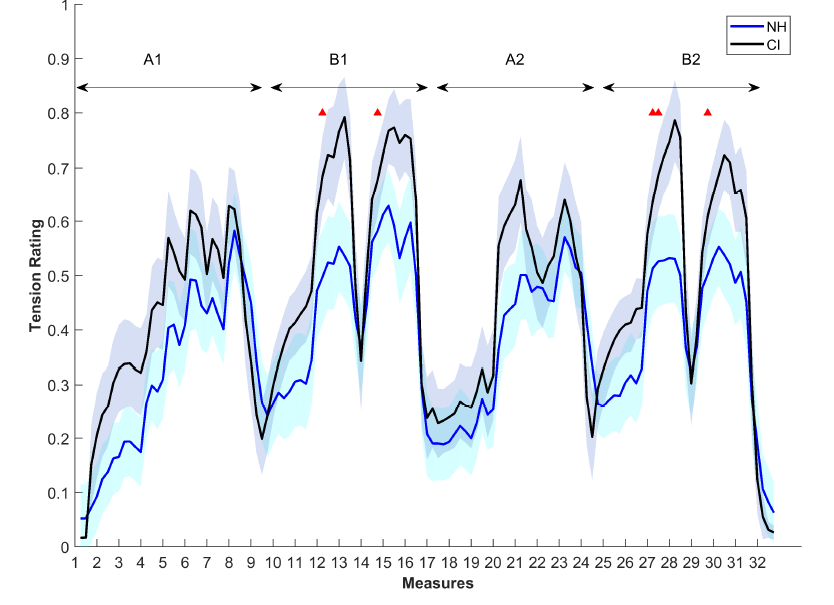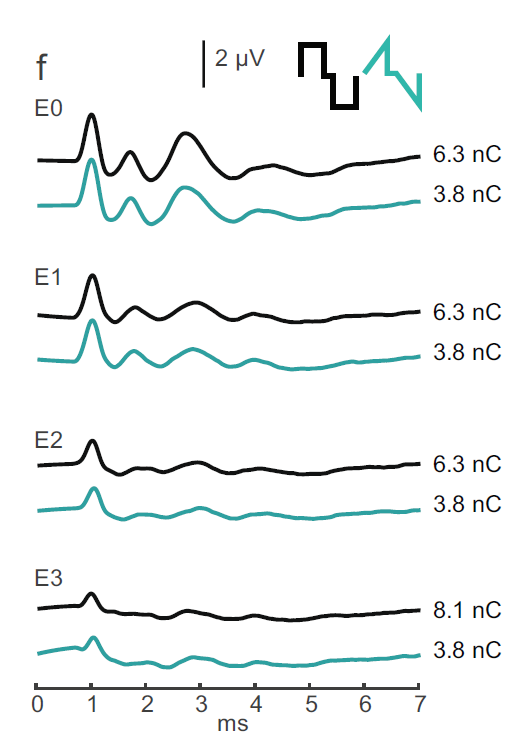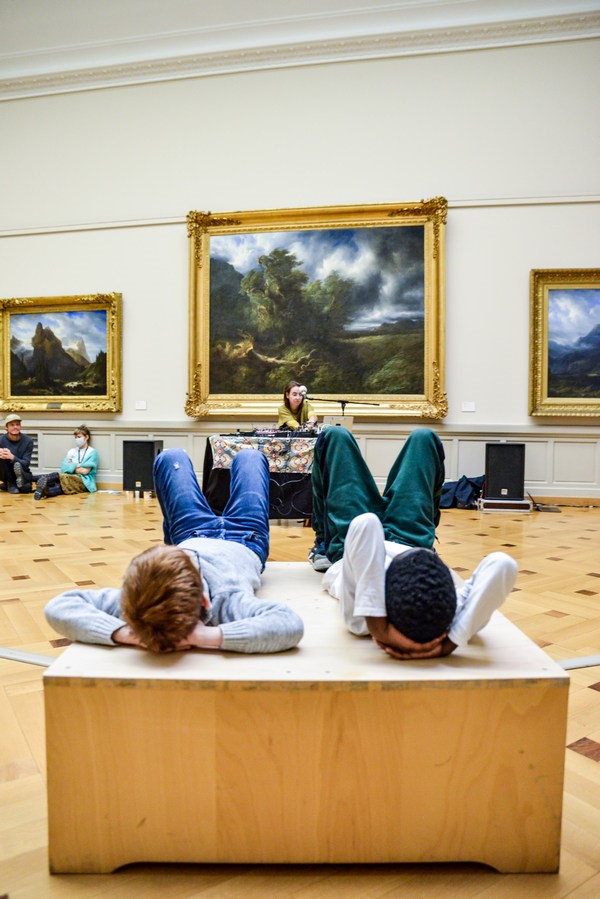Teaching in courses:

The cochlear implant (CI) is the most successful neural prosthetic device. It allows half a million deaf people to hear again by electrically stimulating their auditory nerve with electrodes implanted in their inner ear. However, unlike a pair of glasses that can restore vision perfectly, the CI has significant shortcomings. CI users particularly struggle when listening to complex sounds, which leaves most unable to understand speech in noisy environments or to enjoy music.
Although speech is rightfully considered one of the most important acoustic signals, music is at the core of defining us as human beings. It conveys our emotions, tapered our mood, help us to be bound together. The loss of the ability to perceive music through a hearing impairment can greatly affect the life quality and provoke a sense of isolation, especially in the young population. This group aims to help restore music perception in those people by using a multidisciplinary approach, including neuroscience, music cognition, auditory modeling, and signal processing.
Some of my current projects
1] Improving the electro-neural interface
One of the main limitations of the cochlear implant is the electro-neuron interface. Twenty electrodes, implanted in the cochlea, are used to replace the function of 3000 inner hair cells. The cochlear implant's success will depend on how efficient those electrodes are to activate the auditory nerve fibers. One problem is that the intracochlear electrodes are not directly attached to the auditory nerve fibers. Consequently, each electrode activates both the target nerve fibers nearby and the one further away, considered off-target. This will have a detrimental effect on the perception of musical pitch. In this project, we investigate whether a novel, biophysically-inspired stimulation paradigm using ramped electric pulse shapes could optimize the electrode-neuron interface.
This project combines both psychophysics experiments on people with a cochlear implant (in collaboration with New York University), animal testing (in collaboration with the University of Basel), and computational modeling (in collaboration with the group of Bastian Epp).
Related selected publications:
- Navntoft, C. A., Marozeau, J., Barkat Rinaldi, T.(2020) "Ramped pulse shapes are more efficient for cochlear implant stimulation in an animal model," ScientificReports,10, 1-17.
Lamping, W., Deek, J., Marozeau, J, Carlyon, R. (2020) "The effect of phantom stimulation and pseudomonophasic pulse shapes on pitch perception by cochlear implant listeners," Journal of the Association for Research in Otolaryngology,21,511-526.
- Navntoft, C. A., Marozeau, J., Barkat Rinaldi, T.(2019) "Cochlear implant surgery and electrically-evoked auditory brainstem response recordings in C57BL/6 mice," J.of Visualized Experiments,143.
2 - Restoring music perception in CI user by audio-tactile stimulation
Audio-Tacilte Installation by Nordin&Ortis at the museum of Geneva, dedicated to create a musical event accessible to people with handicap, including cochlear implant users. Musée d'art et d'histoire de Genève, ©MAH, photo: M. Sommer.
The overall aim of this project is to develop a new audio-tactile system that will let hearing-impaired listeners recover some of their ability to experience music. Sensory substitution is an efficient neural strategy that allows the brain to integrate information for other senses to compensate for a deficient one. For example, some blind people can use auditory feedback to estimate their distance from a wall, and deaf people can enjoy music by feeling the vibration directly on a loudspeaker. Several sensory substitution devices have been made to exploit this phenomenon.
In this project, we plan to adapt this device to develop a new high-resolution/high-definition tactile wearable that will synergistically work in tandem with a CI to extend the limited sonic horizon implantees and specifically improve their perception of music. We are working in close collaboration with partners from many horizons, including industry (Oticon Medical), academy (the University of Iceland, University of Southampton), cultural (Ircam, museum of Geneva), musicians (Nordin/Ortis), and patient associations (Nordic Association of Hard of Hearing).
Related selected publications:
- Slater, K. D., Marozeau, J. (2016). "The Effect of Tactile Cues on Auditory StreamSegregation Ability of Musicians and Nonmusicians," Psychomusicology: Music,Mind, and Brain,26, 162-166
- Marozeau, J., Simon, N. and Innes-Brown, H. (2014). "Cochlear implants can talk but cannot sing in tune," Acoustics Australia,42,131-135
3] How CI users experience music?
CI users report finding music less pleasant compared to their pre-deafness period. Despite this, many of those users do not entirely reject music, and it is not uncommon to see young CI users listening to music all day, or even playing an instrument. Listening to music is an experience that arises from more than the sum of the sensations induced by the basic elements of music: pitch, timbre, and rhythm. Listening to music is a pleasant experience because it prompts high-level cognitive aspects such as emotional reactions, needs to dance, or the feeling of musical tension. Therefore, CI users still engaged in musical activities might experience some of these high-level features. In this project, we investigate how CI users experience each musical cue. We try to understand how they can extract emotional information for the musical signal degraded by their hearing device. This project can also help to understand the relationship that everyone (hearing impaired or not) has to music, why it is still important in our life.

Replot of the data from Spangmose-Pedersen et al. [32]. Average tension ratings of CI listeners (in black) and NH listeners (in blue) as a function of the musical measure for Mozart Piano Sonata N.4 (K282).


